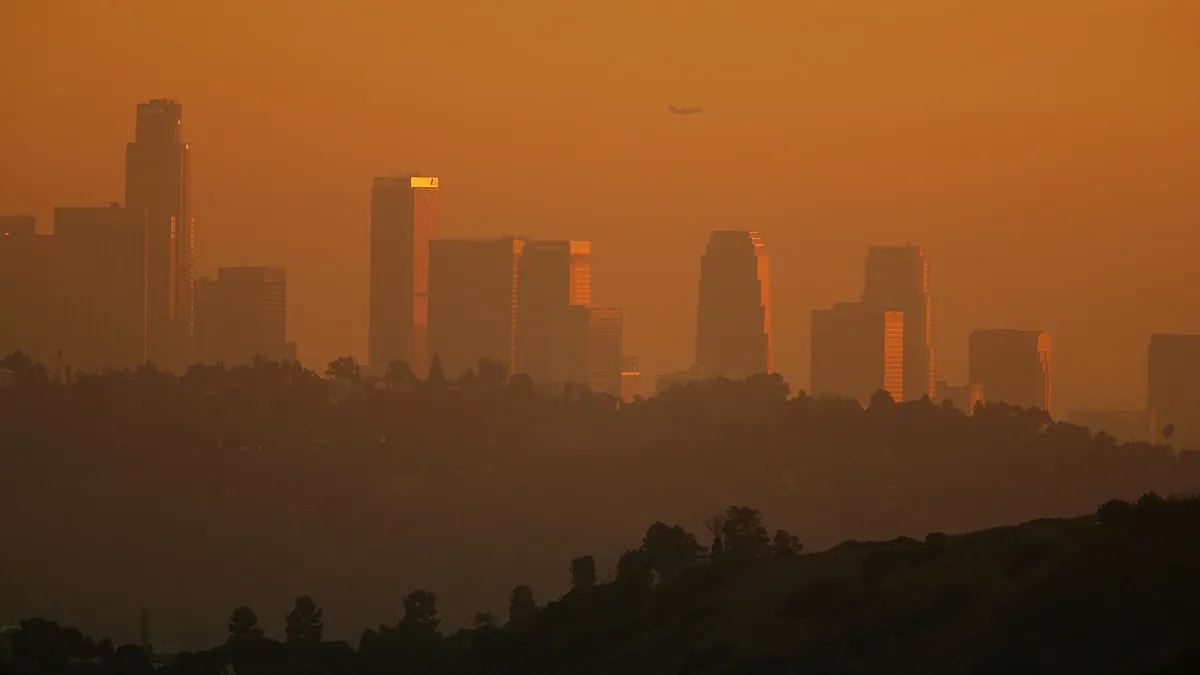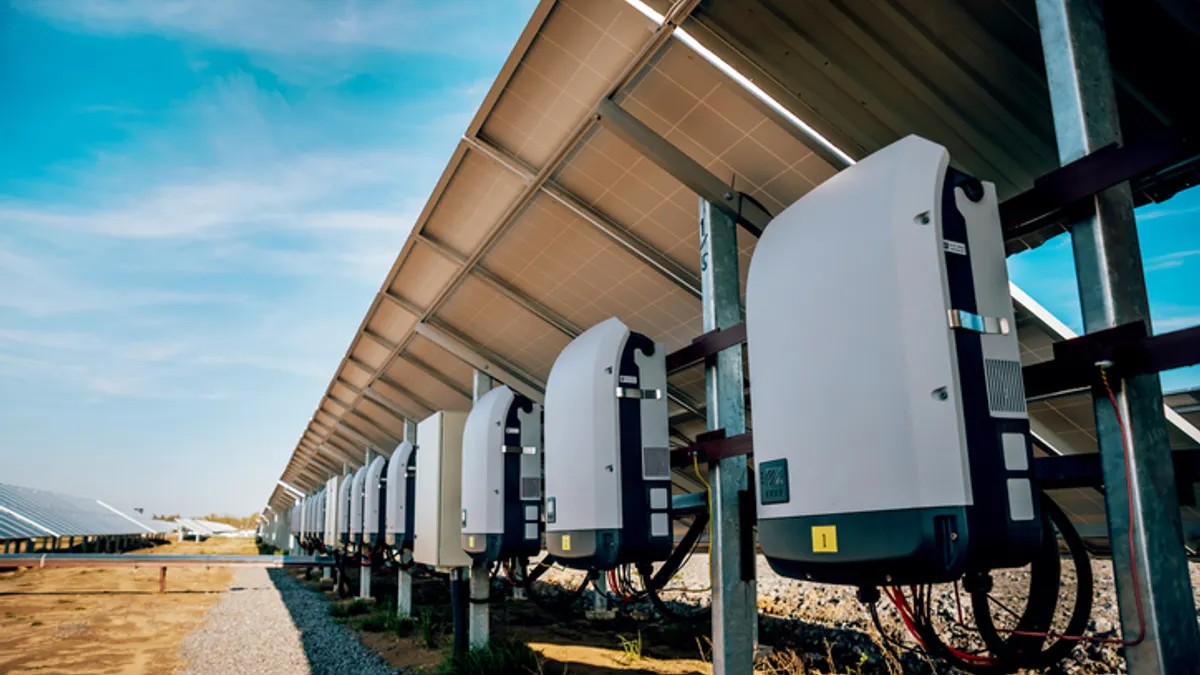Dive Brief:
- Energy stakeholders are split over California’s inclusion of fossil fuel resources in a proposed 11.5 GW procurement package intended to ensure grid reliability after the Diablo Canyon nuclear plant and a suite of natural gas plants are shuttered toward the middle of the decade.
- During an all-party meeting at the California Public Utilities Commission (CPUC) on Thursday, environmental groups maintained that modeling has not indicated a need for additional fossil fuel resources in the state. But a representative from the California Independent System Operator (CAISO) said the state needs to strike "a delicate balance."
- "We can’t overemphasize enough the need for procurement to be authorized and get underway," said Neil Millar, CAISO vice president of transmission planning and infrastructure development. While the large procurement package would be challenging to implement, "it must be accomplished, and the heavy lifting can only begin once the procurement has been authorized."
Dive Insight:
The debate over mid-term reliability comes as California grapples with excessive heat warnings this week. CAISO issued flex alerts — a call for consumers to reduce their electricity use — on Thursday and Friday, during the evening hours when solar is ramping down. The grid operator has a few things going in its favor this week, it said in a Thursday update: more system capacity, as well as market and policy changes implemented since the blackouts that occurred last August. But "conditions on a power grid can change quickly and we can’t rule out an unexpected event triggering a Flex Alert," it added.
Taking a longer term view, the CPUC is planning for the retirement of the 2,200 MW Diablo Canyon nuclear plant by 2025, as well as 3,700 MW of gas plants that will be going offline in the next few years. Regulators have crafted two similar proposals to replace that energy, both of which would require load-serving entities to procure 11,500 MW of resources to support the grid from 2023 through 2026. Where the proposals differ is on the amount of fossil fuels included — while one proposes between 1,000 MW and 1,500 MW of additional natural gas by 2025, the other recommends 500 MW, all of which would need to be procured by the state’s investor-owned utilities.
The inclusion of gas has concerned multiple parties, including CPUC Commissioner Martha Guzman Aceves, who noted at the meeting that neither proposal would place explicit geographic restrictions on those resources. This means they could potentially come from the L.A. Basin, conflicting with a separate commission proceeding dealing with the closure of the Aliso Canyon natural gas storage facility in that region, she noted. Guzman Aceves questioned whether the commission’s proposals should restrict fossil fuel generation in the L.A. Basin, or potentially defer the broader issue of fossil fuel procurement to later in the year.
The Union of Concerned Scientists agrees with the overall level of procurement the commission is envisioning, but does not think the proposals should include any fossil fuel requirements, said Mark Specht, senior energy analyst with the group.
"That’s because recent [integrated resource planning] analysis and modeling hasn’t shown any need for fossil fuel resource procurement. We already have tens of thousands of megawatts of gas capacity on the grid, and there’s really no evidence that we need additional insurance in the form of fossil fuel resource procurement," Specht said.
Tyson Siegele, energy analyst with the Protect Our Communities Foundation, agreed that modeling and analysis from multiple sources, as well as the results of real-world solicitations, have determined that California only needs to procure additional renewable energy and storage going forward.
"The overwhelming evidence in this proceeding shows that renewable energy paired with storage has become cheaper, cleaner and more reliable than gas-fired generation," Siegele said.
New fossil fuels come with a 20 to 30-year commitment to that operating facility, Gregg Morris, director of the Green Power Institute, said. If regulators opt to go that route, he urged that they take up Guzman Aceves’ idea of doing so via a different decision down the line, and conducting a needs assessment beforehand.
Other parties, however, pushed back on these concerns. CAISO’s Millar acknowledged that there is a possibility that some of the sites that would lend themselves to additional gas-fired generation are in the L.A. Basin. At the same time, he pointed out the reliance on gas in the basin is both a local capacity, as well as system capacity issue. "The overall blend of resources is also very important to us, as we’ve seen in the past. So, the additional dispatchable resources that provide us additional flexibility in managing the system to provide service 24 hours a day, 365 days a year, would also be invaluable," he added.
The Independent Energy Producers Association, whose members include developers and operators of gas and other resource facilities, said in comments filed with the CPUC last week that gas-fired generation accounts for 0.5% of PM 2.5 and 1.3% of NOx emissions across California. As such a small source of criteria pollutants, a few hundred to a thousand or so megawatts of gas will have no discernible impact on public health, Scott Murtishaw, the association’s policy director, said.
Murtishaw also recommended that regulators eliminate a proposed five-year maximum contract limit for fossil fuel resources from one of the proposals. That time "is insufficient to recover major repowering investments, let alone the installation of new turbines or storage systems at a reasonable annual cost," he said.














